
Following the excursion to the northern Arctic Circle, and to the eastern Lakelands of Finland, the semester in Helsinki was capped with a final tour through western Finland.
In just two days we visited multiple chapels and cemeteries such as Erik Bryggman’s Resurrection Chapel, and Reima Pietila’s Kaleva Church. One of the largest highlights of the trip was Alvar Aalto’s famous Villa Mairea. Jari Jetsonen, the husband of our history professor Sirkkaliisa Jetsonen, took the reins on this journey.

In western Finland, Tampere and Turku are the third and fifth largest cities in Finland respectively with a long and rich history. Tampere was once the center of the Finnish industry. Turku was the capital of Finland before that title was moved to Helsinki in 1812. It remains the oldest city and was designated as the European Capital of Culture in 2011.
Villa Mairea.
The most highly anticipated building of the trip was the Villa Mairea. It was designed by Alvar Aalto in the 1930's for Harry and Marie Gullichsen. It is located in Noormarkku, Finland (just north of Pori). The Gullichsen family gave Aalto free reign for creation and experimentation in the design of the house. Elements of the house are intended to be evocative of the surrounding pine forest.
The entrance is framed with tall spindly wooden beams that recalls the trunks and canopies of the Finnish forest. The irregularity of the beams create a natural rhythm.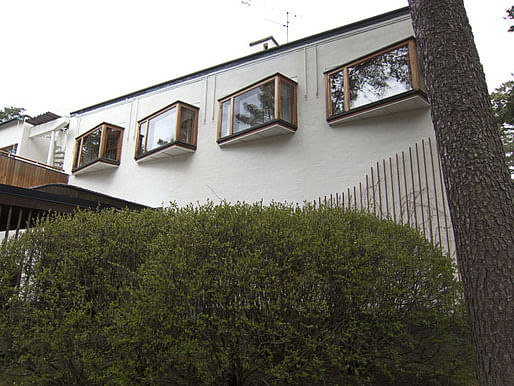
The bay windows of the private upstairs rooms.
The entrance to the Villa Mairea is a simple yet precise.
The interior of the house contains a multitude of art and design collected by Marie Gullichsen. The artwork ranged from casts by Edgar Degas to paintings by Amedeo Clemente Modigliani to sculptures by Alexander Calder. The shelves of the dining room hold precious plates by Pablo Picasso and glassware designed by Aino Aalto.
Currently, the Villa Mairea is still occupied by the Gullichsen family. When vacant, the iconic house becomes a museum. However, upper floor of the Villa Mairea, containing the bedrooms, remains roped off to the public.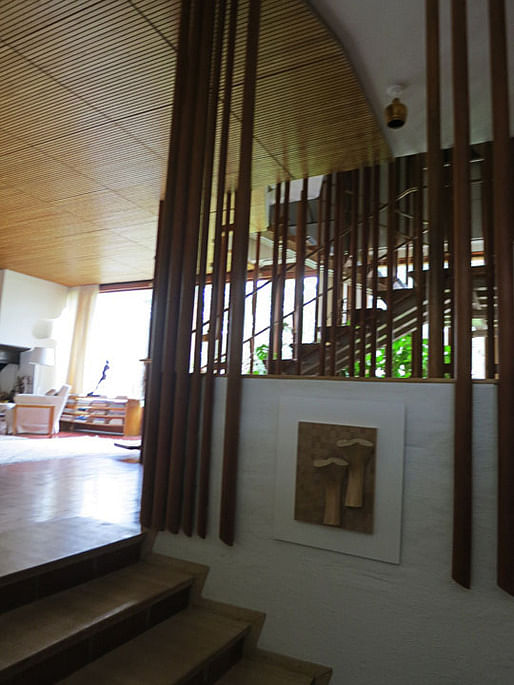
Once again, the same language of the Finnish forest is brought from the exterior of the house to the entrance of the interior space. This begins to blur the boundary between the exterior and the interior of the house.
The interior of the Villa Mairea is an open floor plan, articulated with a Finnish sensibility of stone, brick, and of course wood.
The outdoor firepit has a dual function as a staircase.
Paimio Sanatorium.
The Paimio Sanatorium was designed by Alvar Aalto in 1932. It is located in Paimio, a town east of Turku. The architectural style combines a Le Corbusier international style with an Aalto-esque fluidity that can be found in the details of the design.

An old photo of the Paimio Sanatorium
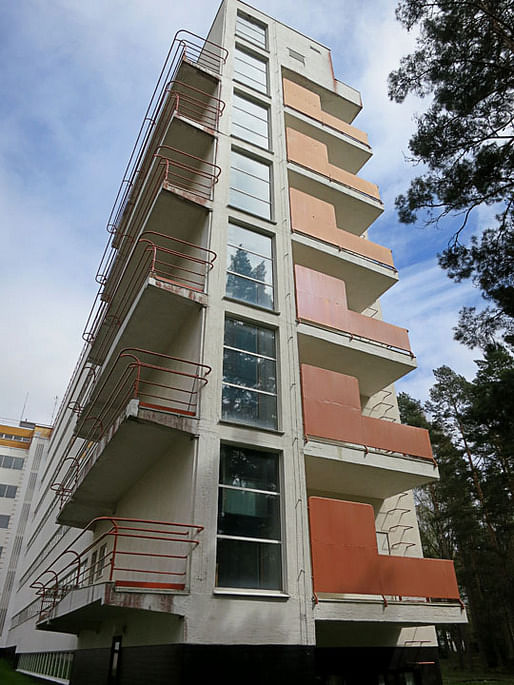
The elevator shaft located on the side of the building yet allowing natural light to penetrate the shaft.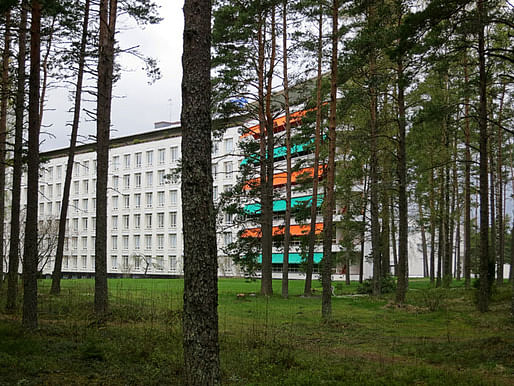
The continuity and horizontality of the windows in the modernist style and the rhythm they create with the verticality of the surrounding forest.
The cafeteria with ample natural light streaming in. It was believed that tuberculosis patients required rest, sunlight and natural ventilation. Aalto took all of that into consideration in his design.
The design of the stairs and the details in the handle are pure Aalto style.
Though the Villa Mairea and the Paimio Sanatorium takes the fame and glory of western Finland Alvar Aalto architecture, Aalto designed various lesser known buildings as well.
Turun Sanomat Newspaper Building.
Located in Turku, and designed by Alvar Aalto in 1928. The building follows Le Corbusier’s five points of architecture.
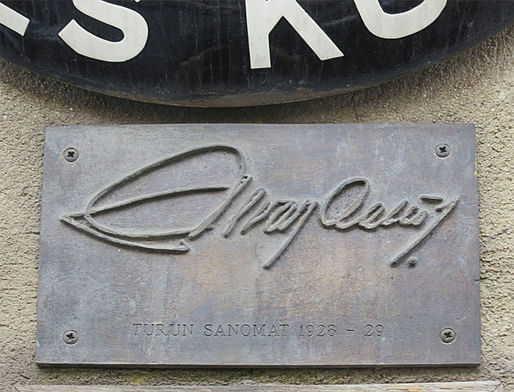
Alvar Aalto's signature plaque on the Turun Sanomat Newspaper Building.
Lounais-Suomen Maalaistentalo.
Alvar Aalto designed the building built in1928 in Turku. It represents a stylistic transition from Classicism to Functionalism.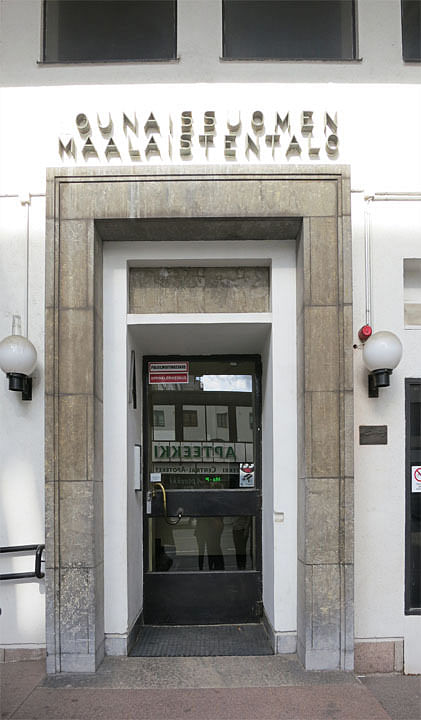

Another example of an Aalto door's "handshake"
Alvar Aalto's signature plaque on the Lounais-Suomen Maalaistentalo.
Resurrection Chapel
The Resurrection Chapel is located in the Turku Cemetery and was designed by Erik Bryggman in 1941. The design was inspired by its context of nature. Motifs of vines and leaves wind their way through the doors and walls of the chapel. A gentle southern light filters through the surrounding trees and streams in from a wall of glass.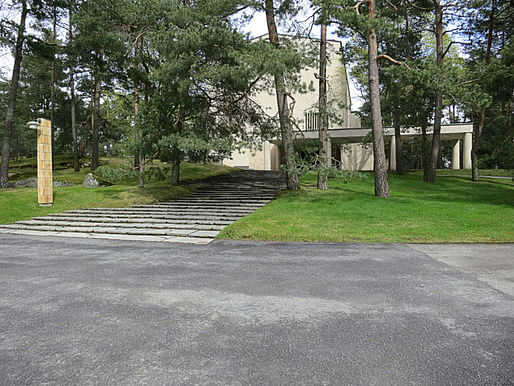
We were lucky to approach the chapel with the sounds of a deep bell tolling.
Main entrance doors.
Detail of the vine curling vine motif on the entrance door
Detail of the vine motif in metalwork as well as an etching of leaves in the door handle. 
Detail of the wooden construction of a door in the chapel. 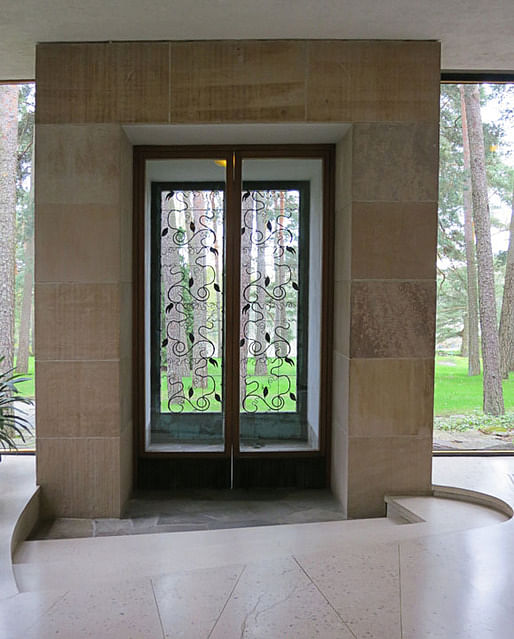
Southern entrance, a continuation in the procession.
Nature finds its way to the gilded cross outside the chapel.
Meticulously well crafted romantic wooden pulpit.
Detail in staircase.
Even the vents were intergrated into the design.
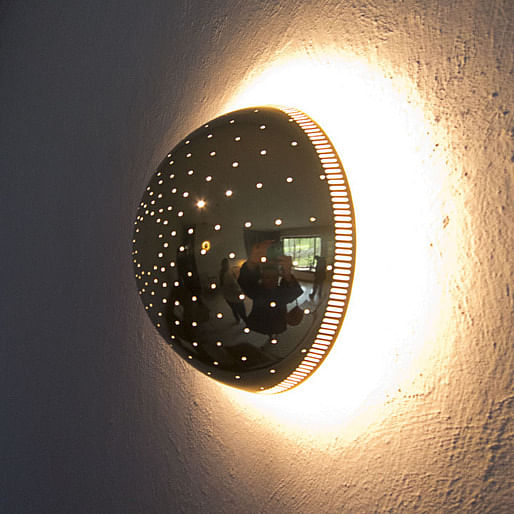
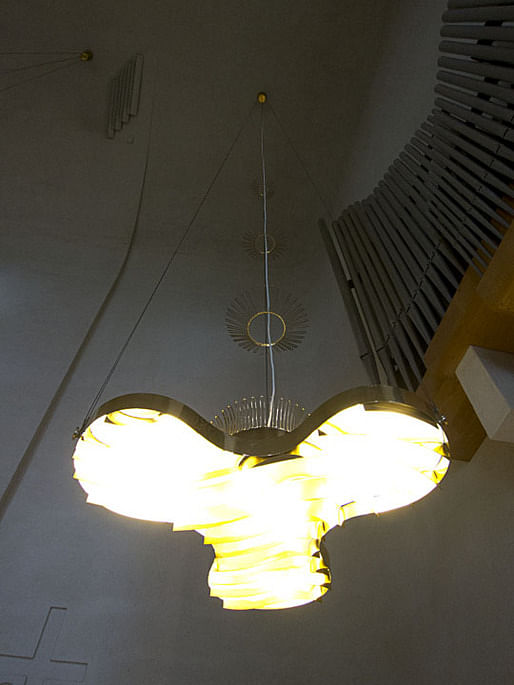
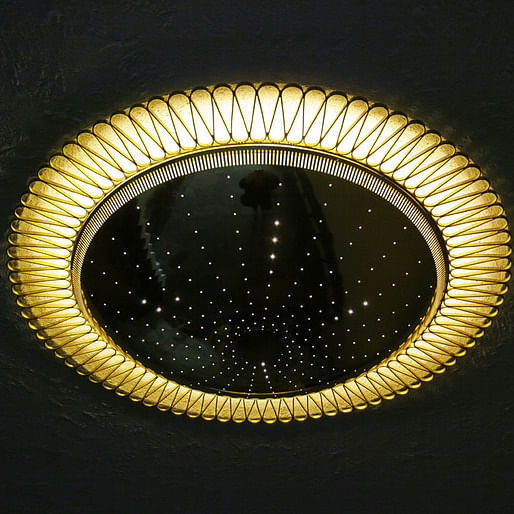
Outside of the Resurrection Chapel lay the tombstone of Eric Bryggman (February 7th 1891 - December 21st, 1955)
Chapel of the Holy Cross
Just a few meters south of Bryggman's Ressurection Chapel is the Chapel of the Holy Cross by Pekka Pitkänen. It is a funeral chapel built in the 1960's in the style of concrete minimalism. It contrasts sharply with Bryggman's soft romantic chapel. The interior space of the Chapel of the Holy Cross is minimal, austere with selective beams of light cutting through the void.
The stark minimal orthogonal lines of the chapel contrast with the rolling hills and surrounding forest of the Turku cemetery.
The powerful view of the landscape from underneath the eaves of the chapel.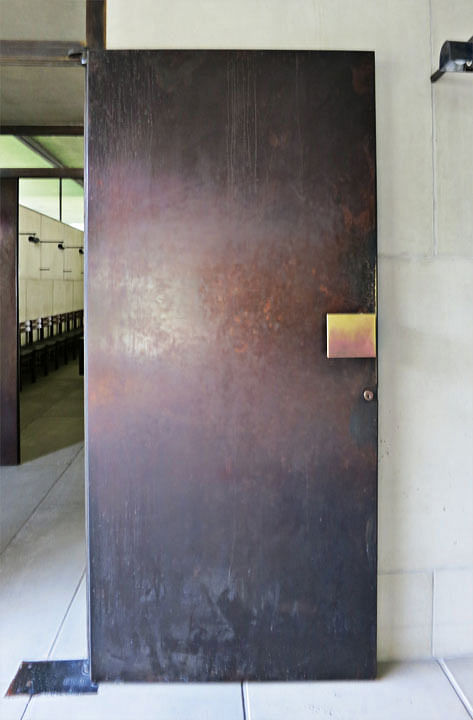
Detail of the entrance door with its orthogonal, geometric handle. 
The dark and empty space of the burial room is contrasted by the intensely bright and unfiltered light gushing through the large glass panes.
A softer more indirect angled light cascades onto the benches through skylights.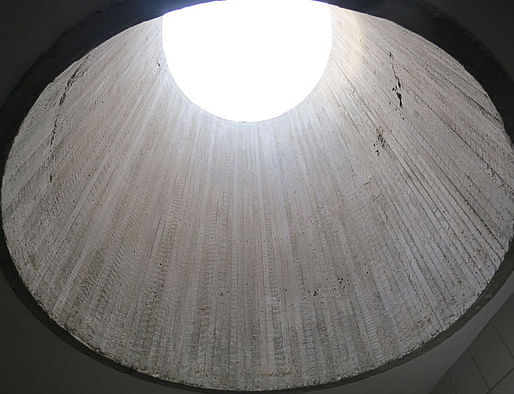
A circular concrete rimmed skylight.
The space where the casket rises is a minimal incision into the concrete floor slab.
Unlike most organs which are smooth and round, the organ in this space is a part of the design with its orthagona and geometric forms.
Kaleva Church
Designed by Reima and Raili Pietila. Located in Kaleva, Tampere, Finland. Built in 1964.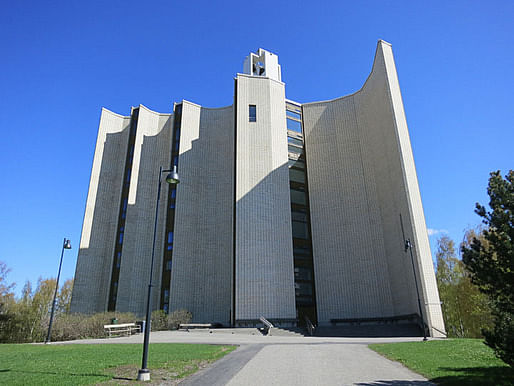

Pietila's inspiration for the form derived from the old Christian symbol of the fish.

Detail of the built in hymn book storage into the chairs.
Detail of the concrete pulpit.
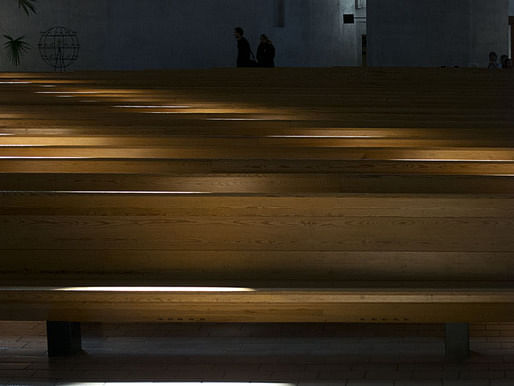
Ecumenical Chapel
Designed by Matti Sanaksenaho. Located in Turku, Finland. Built in 2005. 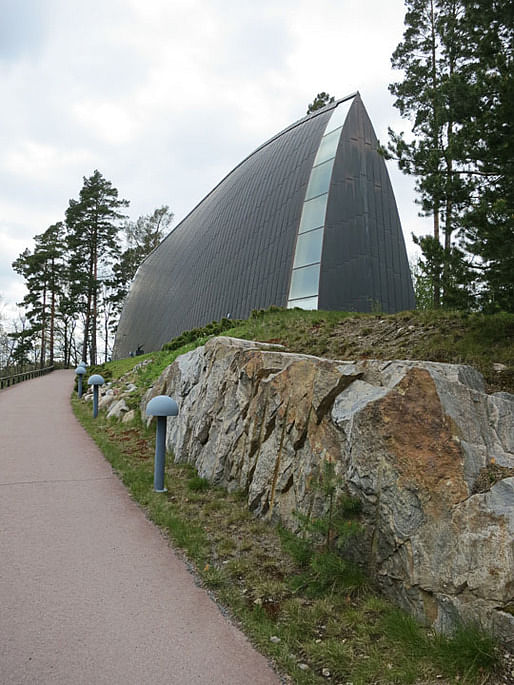
The approach becomes an upwards procession towards the small chapel atop the large hill. 
To enter the building it is necessary to walk by the rear and side of the building until reaching the entrance.

The entrance remains simple and powerful
The interior space is evokative of the stomach of a fish. The fish was one of the earliest symbols of Christianity and as an ecumenical church (for all denomonations) the reference is meant to be significant to all Christians.
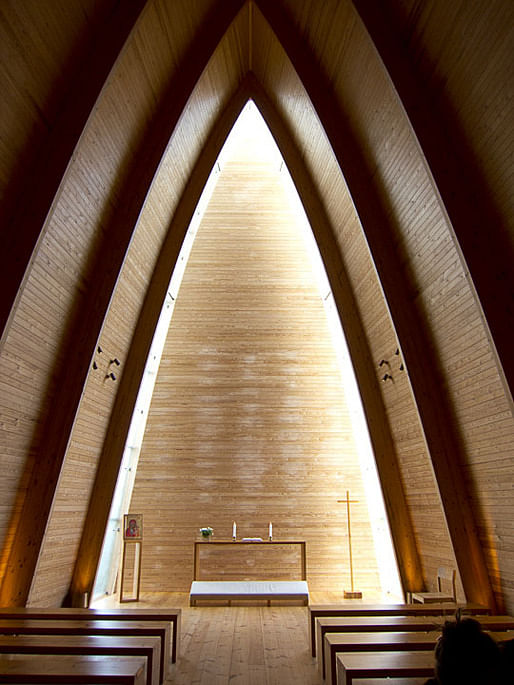

The loadbearing structure consists of ribs at set intervals creating the look of a fish spine.
The glass panels at the end of the chapel allows natural indirect light to illuminate the altar creating a more powerful prescence.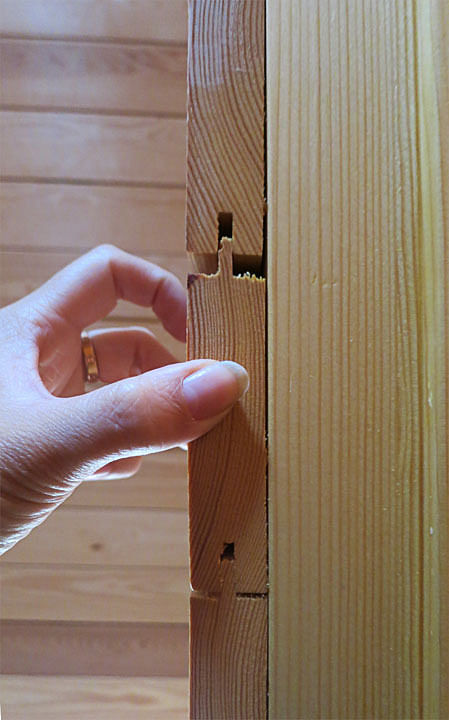
Detail of wood construction.
Nakkila Church
The Nakkila Church was designed by Erkki Huttunen in 1937. It is located in Nakkila Finland which is south east of Pori. The church was designed in the Functionalist style.
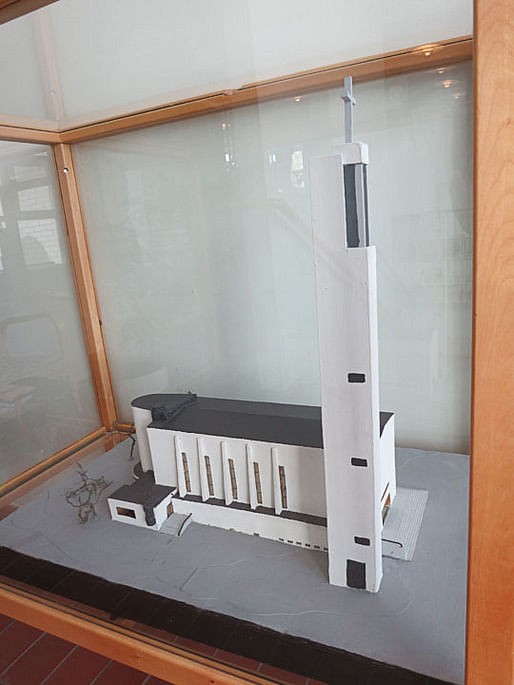



Tampere Cathedral by Lars Sonck. 1902-1907
Designed in the Finnish National Romantic style. The cathedral is famous for its controversial frescoes, painted by the symbolist Hugo Simber. 


And so, here I end with a smattering of sights sounds and observations gleaned from western Finland.
The Fiskar's Villiage. Located in Uusimaa, Finland. Founded in 1649. 
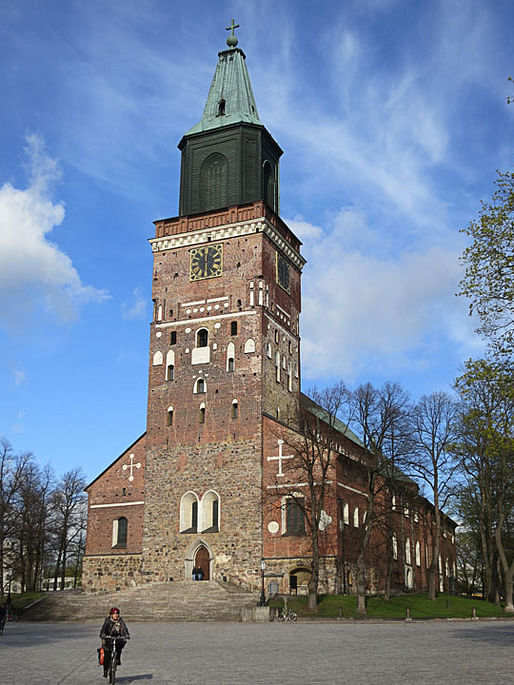
Old Wooden Town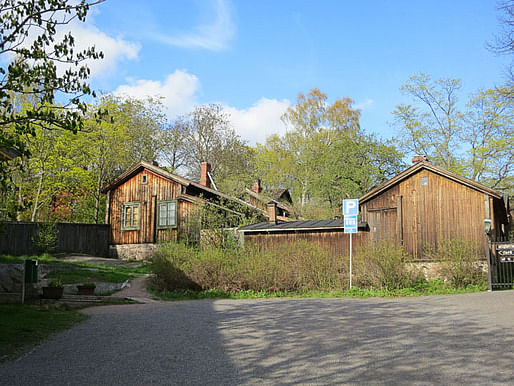

The Moomin Museum. Tampere, Finland.
Moomin is a comic character created by the Swedish-Finn illustrator and writer Tove Jansson. The original nine books were released between 1945 and 1993. There are various repeat characters that join Moomin's adventures such as Hemulen, Sniff, The Snork maiden, Snufkin and Little My.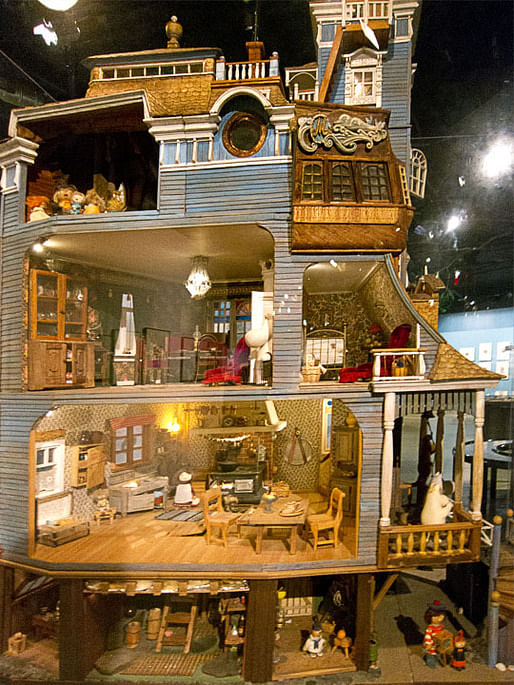

It is safe to say that by the end of our Finland trip we all fell in love with Moomin & Friends. Each with our own favorite character.

This work by J.A.Wong is licensed under a Creative Commons Attribution-NonCommercial-NoDerivs 3.0 Unported License.
A new adventure begins as we finish one chapter; we hope to share our story with you. We are graduates of Washington University in St. Louis, Sam Fox School of Design & Visual Arts.
3 Comments
fabulous! thank you!
absolutely wonderful images and yet again another great post from your travels! there could be a post devoted entirely to Aalto's door handles, or just Scandinavian doors in general.
thanks for sharing, and I will keep looking forward to your posts!
This was really fabulous! I am so very thankful for the great pics and the time you took to post these images, VERY ENJOYABLE!!!
Thanks so very much!
Block this user
Are you sure you want to block this user and hide all related comments throughout the site?
Archinect
This is your first comment on Archinect. Your comment will be visible once approved.